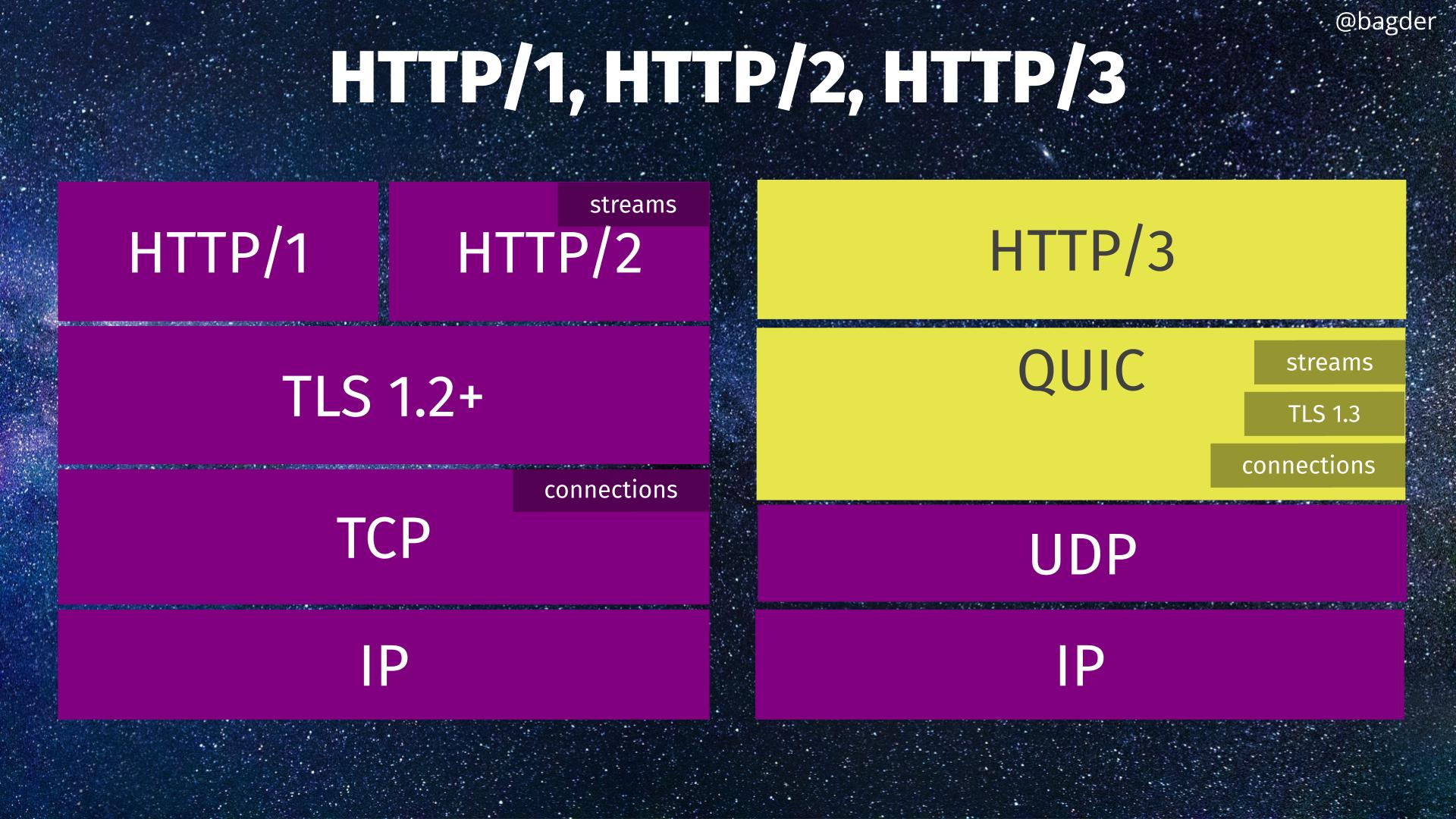On July 1st 2017, exactly five years ago today, the OSS-Fuzz project “adopted” curl into their program and started running fuzz tests against it.
OSS-Fuzz is a project run by Google and they do fuzzing on a large amount of open source projects: OSS-Fuzz aims to make common open source software more secure and stable by combining modern fuzzing techniques with scalable, distributed execution.
That initial adoption of curl into OSS-Fuzz was done entirely by Google themselves and its fuzzing integration was rough and not ideal but it certainly got the ball rolling.
Later in in the fall of 2017, Max Dymond stepped up and seriously improved the curl-fuzzer so that it would better test protocols and libcurl options deeper and to a higher degree. (Max subsequently got a grant from Google for his work.)
Fuzzing curl
Fuzzing is really the next-level thing all projects should have a go at when there is no compiler warning left to fix and the static code analyzers all report zero defects, because fuzzing has a way to find silly mistakes, off-by-ones etc in a way no analyzers can and that is very hard for human reviewers to match.
curl is a network tool and library written in C, it is meant to handle non-trusted data properly and doing it wrongly can have serious repercussions.
For the curl project, OSS-Fuzz has found several silly things and bad code paths especially after that rework Max put in. We have no less than 6 curl CVEs registered in 2017 and 2018 giving OSS-Fuzz (at least partial) credit for their findings.
In the first year or two, OSS-Fuzz truly kept us on our toes and we fixed numerous other flaws as well that weren’t CVE worthy but still bugs. At least 36 separate ones to date.
The beauty of OSS-Fuzz
For a little Open Source project such as curl, this service is great and in case you never worked with it let me elaborate what makes me enjoy it so much.
- Google runs all the servers and keeps the service running. We don’t have to admin it, spend energy on maintaining etc.
- They automatically pull the latest curl code from our master branch and keep fuzzing it. All day, every day, non-stop.
- When they find a problem, we get a bug submitted and an email sent. The bug report they create contains stack traces and a minimized and reproducible test case. In most cases, that means I can download a small file that is often less than a hundred bytes, and run my locally built fuzzer code with this input and see the same issue happen in my end.
- The bug they submit is initially closed for the public and only accessible to select team of curl developers.
- 90 days after the initial bug was filed, it is made public automatically.
The number of false positives are remarkably low, meaning that almost every time the system emails me, it spotted a genuine problem.
Fuzzing per commit
In 2020, the OSS-Fuzz team introduced CIFuzz, which allows us to run a little bit of fuzzing – for a limited time – on a PR as part of the CI pipeline. Using this, we catch the most obvious mistakes even before we merge the code into our master branch!
After the first few years of us fixing bad code paths, and with the introduction of CIFuzz, we nowadays rarely get reports from OSS-Fuzz anymore. And when we do, we have it complain on code that hasn’t been released yet. The number of CVEs detected in curl by OSS-Fuzz has therefore seemingly stopped at 6.
Taking fuzzing further
After five years of fuzzing, we would benefit from extending and improving the “hooks” where and how the fuzzing is made so that we can help it find and reach code paths with junk that it so far hasn’t reached. There are of course still potentially many undetected flaws in curl remaining because of the limited set of entry point we have for the fuzzer.
I hope OSS-Fuzz continues and lives on for a long time. It certainly helps curl a lot!
Thanks!













